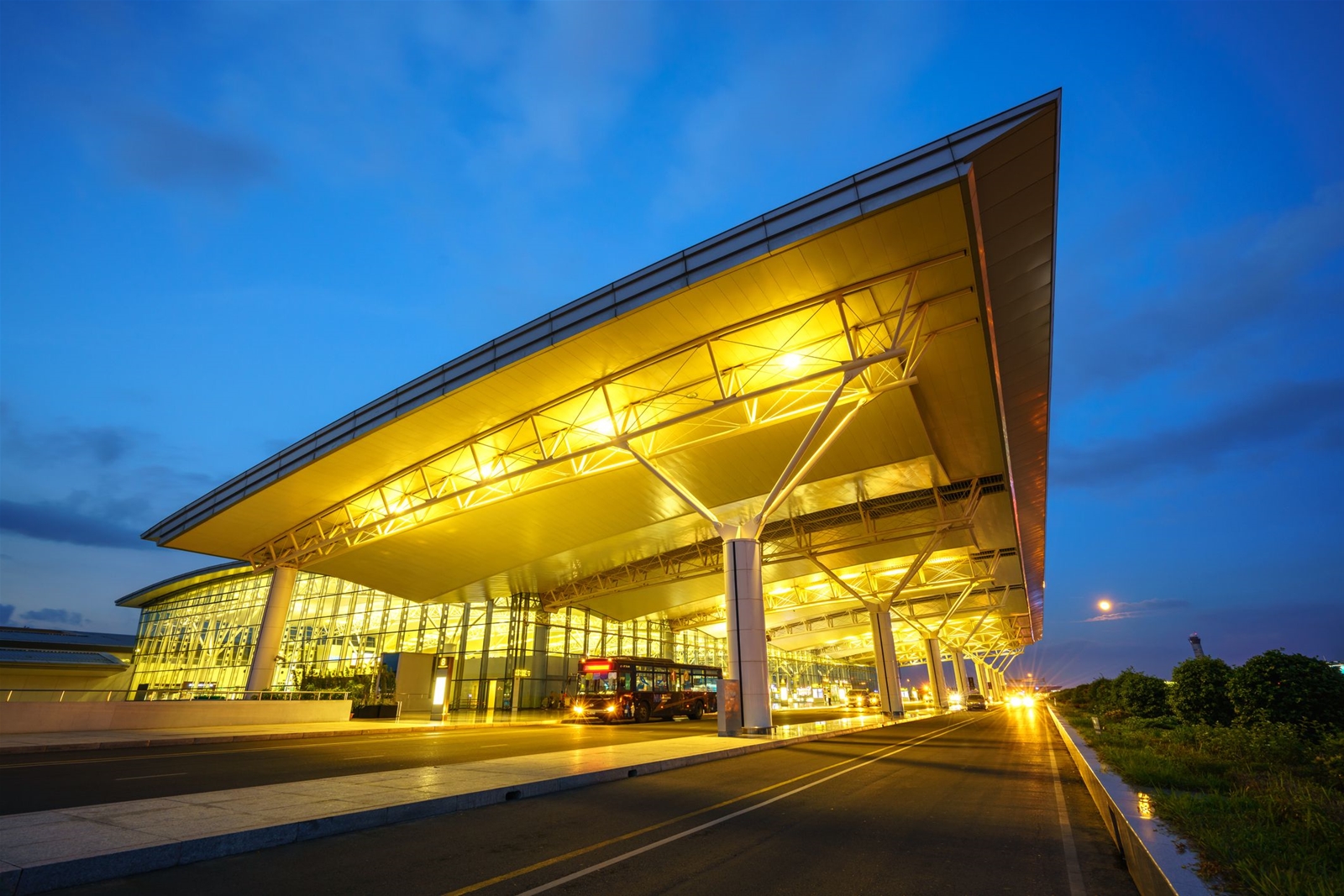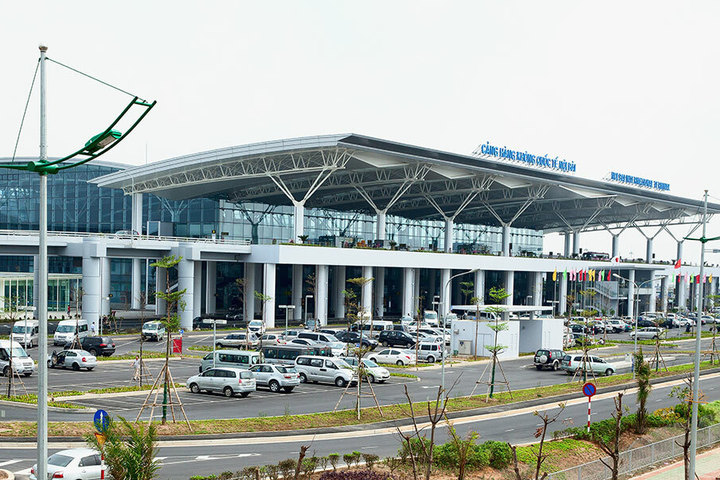
Deputy Prime Minister Trinh Dinh Dung has instructed relevant ministries and localities to complete the adjustment of Noi Bai International Airport expansion planning.
The Ministry of Transport and the Civil Aviation Authority of Vietnam has cooperated with the French ADP Ingénierie (ADPI) Group to study the adjustment plan and has initially proposed seven options for the airport expansion.
All the options ADPI has submitted to the Ministry of Transport will quadruple the airport’s current capacity of 25 million passengers by 2030 as approved by the government.
They include removing the existing domestic terminal T1 and building two new ones in the south to make it a total of three terminals.
But the main differences between the various options lie in the number and type of runways.
One is to build three independent parallel runways, which will allow three aircraft to take off or land at the same time.
Another option is to have one independent runway and two parallel dependent runways, which will allow only one aircraft to take off or land.
Yet another proposal is to build two pairs of parallel dependent runways like at the Long Thanh International Airport being built near Ho Chi Minh City. The Hanoi airport currently has two dependent runways which have developed cracks and factures due to overuse.
These solutions aim to handle the rapidly increasing demand for air travel by 2030 and vision to 2050 of Hanoi and the neighboring localities, in the mean time ensure the safety and security.

One of the challenges in upgrading the airport is acquiring land since Noi Bai is located in a highly populated area where historical temples add to the difficulty.
Under the government instruction, the planning adjustment must ensure the capacity expansion of Noi Bai International Airport to 100 million passengers per year, in accordance with the enlargement of the Capital Area.
Noi Bai is expected to handle 20-25 million passengers by 2020.
The works inside the airport must ensure the efficiency and rational functions as well as in line with the advanced technologies of the aviation industry.
Deputy Prime Minister Trinh Dinh Dung on November 25 instructed the transport ministry to review all the options and focus on those requiring the least land acquisition.
The project should minimize the use of land subject for compensation, especially land for residing, ensuring smooth land clearance and lowest rate of investment expenditure.
After being approved by the Prime Minister, the planning adjustment will be a foundation to build an investment planning and execution.
The airport served 26 million passengers last year and its operator expects the number to rise to 29 million this year and 63 million by 2030.
Rising air travel demand means Vietnam needs to quickly upgrade existing airports and build new ones. Last year its 21 public airports served 103.5 million passengers, up 11 percent, and the figure is set to rise to 112 million this year, according to the Airports Corporation of Vietnam.

















